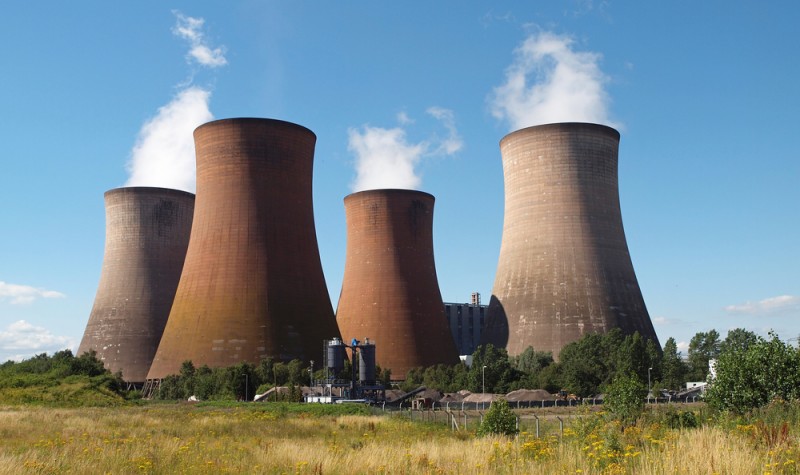SSE – The results may be obscure and bewildering but the dividend looks very attractive

The first thing to report is that the SSE share price rose to 1,696p during the course of report day 20th May 2015; this is the highest the share price has been in five years. Consider it a nice capital gain with which to pay an energy bill that has not come down with the plunge in the wholesale price of gas and oil.
One of course should not be surprised by that, insofar as one might reasonably suppose that it should have been a year when profit margins improved somewhat. I turned to the announcement with more than the usual eagerness I experience in approaching the results of energy companies.
They occupy page after page that go on and on endlessly telling me much but containing little I readily understand. They looked, I thought rather miserably, as though they had been prepared by a multi disciplined team of PR operatives, lawyers and accountants, to consume those questing evidence of lower energy prices to come.
As I cut my way through the seemingly endless forest of obscure and – for my purpose – less than pertinent information about everything except the accounting numbers, I grew fatigued scrolling down the endless pages of stuff. Being a true son of Albion, I persisted and at long last, after endless scrolled pages, I came at long last, to the meat of the matter – the accounts themselves. It was like arriving at an oasis after weeks crossing parched desert sands.
Numbers were adjusted and restated, but on the basis of restated figures, it seems that net profits last year rose by 49% to £664 million and diluted earnings per share by 66% to a reported 55p. If that figure is to be relied upon, then the annual dividend of 88.4p is being substantially paid out of capital, which strikes me as unlikely; at least to the extent of 33.4p a share. The annual dividend by the way, was reported as up 1.9%.
Turning to the cash position in the hope of greater clarity, operating cash was down 15% to £2,156.9 million which fortunately, was still 3.3 times larger than the cost of £598.1 million annual dividend. The interesting question is to ask where that operating cash went? Scratching my head, I then had a look at the latest market consensus estimates to see how that dove tailed into the outcome.
They estimated that the underlying adjusted earnings per share figure was 124.1p, meaning that the 88.4p of dividend was being paid out of earnings not capital after all. Moreover, it was well covered. They also show that pre-tax profit was £735.4 million, not the company’s £664 million. Next year the consensus estimate is for pre-tax profits to increase 95% but earnings per share to come down 12% to 109p. Turnover is estimated as 4.3% lower, which does not seem to suggest a big reduction in energy prices to customers. The role of the ‘hybrid’ capital imported into the balance sheet in all this is no doubt significant.
The important aspect of all this, is that despite all the smoke and mirrors, the market consensus estimates that annual dividends should rise from 88.4p to 90.83p this year (a forward estimated dividend yield of 5.5%) and to 93.6p the next year (a dividend yield of 5.6%). The company is clearly intent on maintaining the real value of the dividend payout so the shares continue to be a no brainer attractive buy, in my opinion.
Comments (0)